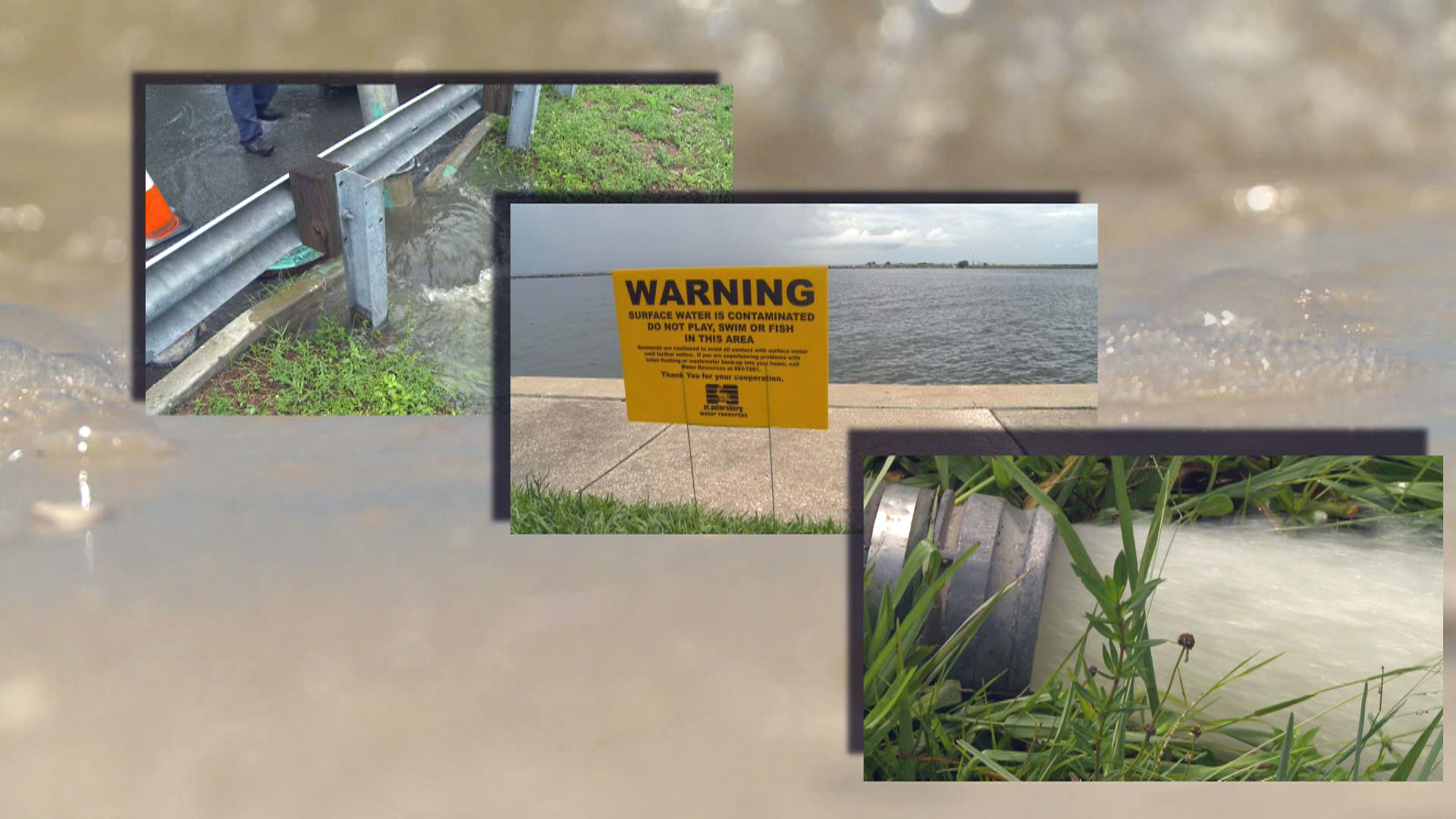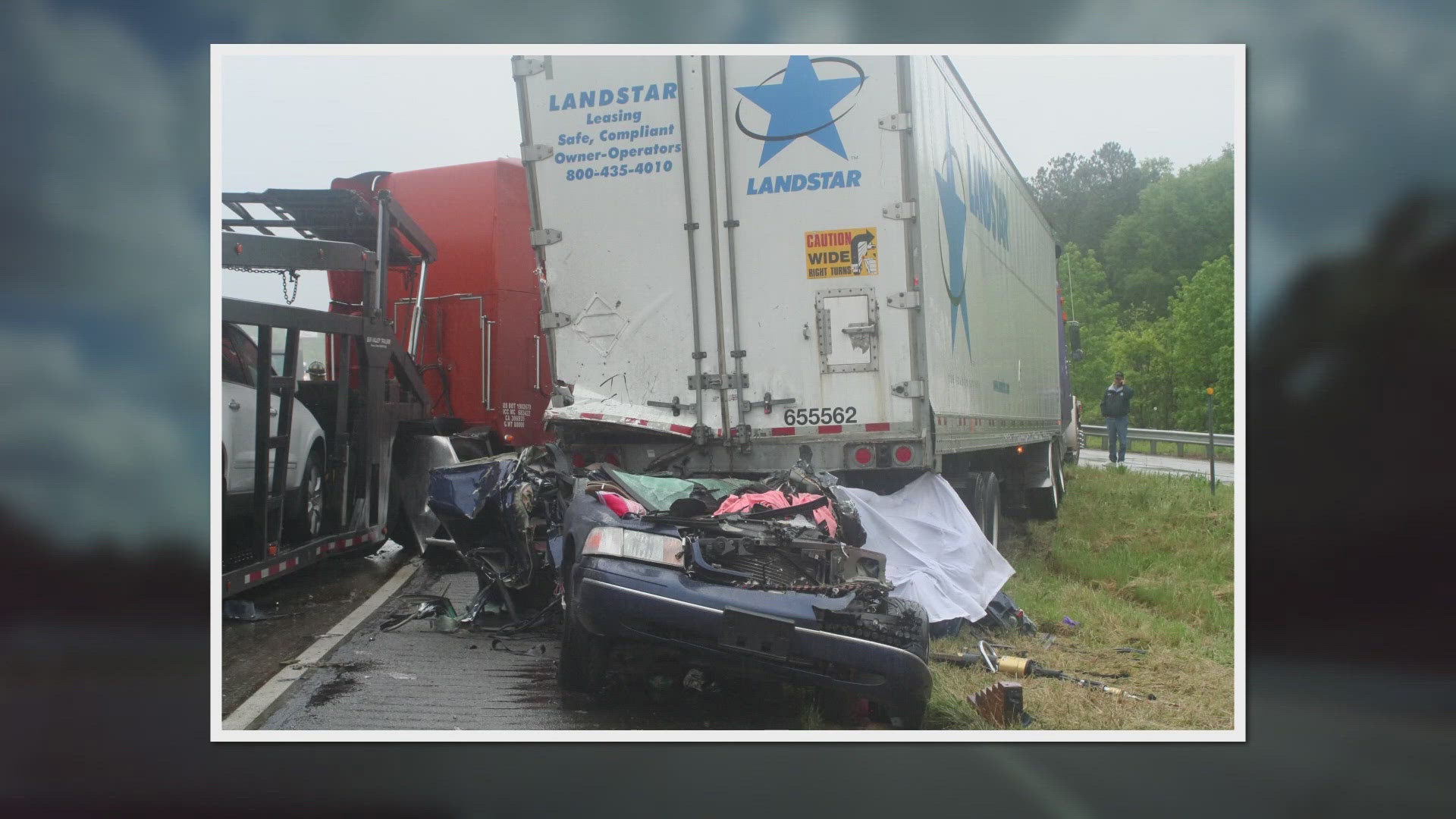St. Petersburg, Florida -- If raw sewage spilling into neighborhoods and into area waterways isn't enough to turn your stomach, here’s another concern. A new study shows the raw sewage released in St. Pete neighborhoods and Boca Ciega Bay in 2014 contained dangerous bacteria that poses a health hazard.
While the new study by USF researchers is raising major concerns over raw sewage from a sewer break in 2014, researchers say the breaks that occurred last year and this year are just as dangerous.
“It is a serious problem," says USF Biology Professor Dr. Valerie Harwood.
With the 2014 Pinellas County sewer break, Harwood and her team looked at 500,000 gallons of raw sewage poured into St. Petersburg. They found it caused a potential threat to public health because antibiotic-resistant bacteria, Vancomycin Resistant Enterococci, or VRE, was in the spill.
According to Harwood, “They can be transferred from one bacterium to another -- even across species -- and that is where the bug concern comes in."
Harwood says kids, older people and anyone who is immune-compromised are most at risk.
She adds 15 million gallons of raw sewage that we discovered were dumped into Clam Bayou in 2015, and the 57,000 gallons of St. Petersburg raw sewage that overflowed into Clam Bayou again this year could be expected to have the same dangerous antibiotic-resistant bacteria.
State Rep. Kathleen Peters puts the blame squarely on the city of St. Petersburg. Earlier this summer, Peters told us, “I have grave concerns that they have not expanded the infrastructure to keep up with he growth and development of Pinellas County.”
Peters expressed her concern to the Florida Department of Environmental Regulations in a letter saying, “Perceived inaction on the issue has made for a potential environmental and health disaster.”
And that is why homeowner Cindy Davis says she felt compelled to sue the city of St. Petersburg. “It's wrong for any municipality or person to pour toxins into a water body,” she said.
The city of St Petersburg has had several raw sewage overflows throughout the years and now there is an antibiotic-resistant bacterium that can be transferred to an even more dangerous bacterium.
“That’s where we microbiologists look ahead and say this is the potential for the most at-risk,” Harwood says.
Pinellas County says since the 2014 sewer break and raw sewage spill, it has started a project to install a backup pipeline in case there is ever another spill. That project will be done in 2019.
The city of St. Petersburg says the USF study was done about a problem with a county sewer break and the City was not to blame.


